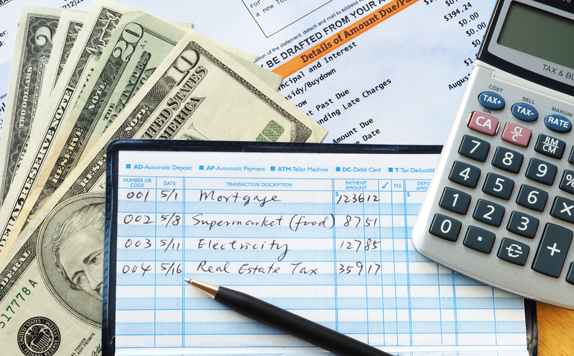Most people are familiar with the basic idea behind bill payment systems, but if you’ve never used one, you may not be familiar with the ways it can save you time. Even if you’ve used the bill payment system from your bank for years, you might not be familiar with all the features that are available from other institutions. The goal of this post is to look at some features and capabilities of bill payment systems and how these things can help make you more productive.
For people that aren’t familiar with bill payment systems, here is how they work. When you need to pay someone, you log in to your bank or bill payment system website, tell it who you want to pay, and send the payment. If you are paying the baby sitter, they will probably get a check in the mail a few days later. If you are paying your cell phone bill, chances are that the payment will be made electronically. One big difference between using a bill payment service and writing a check is where the payment comes from. When you write a check, it has your account information on the check and the money isn’t taken out of your account until the check is processed. Bill payment services send a check on your behalf, so it doesn’t come directly from your account. Of course this means that the money gets taken out of your account as soon as you issue the payment. There isn’t any “float” time like there typically is with a physical check.
Since your checking account information isn’t sent to the person you are trying to pay, using a bill payment service gives you a bit more privacy. On the other hand, if they never get around to cashing the check, the money is in your bill payment service’s account–not yours.
The great thing is that most banks offer bill payment for free. This isn’t because they are being altruistic. It is a lot less expensive for them to process payments made by bill payment instead of handwritten checks.
This is the basics of how bill payment systems work, but not all systems offer the same feature sets. Below are some of the features that I’ve seen on different banks along with an explanation of how these features can make you more productive.
1. Recurring payments
I have two life insurance policies that need to be paid each year for the next 20 or 30 years. This is a perfect candidate for recurring payments since the amount is the same every year. I don’t have to worry about missing a payment because it is all set up as a recurring payment. My mortgage and a few other payments are set up the same way.
2. Scheduled payments
If you pay all of your bills once each month, you’ll want to pay all of your bills and put them in the mail right away. Even if a particular bill is due in 28 days, you’ll still want to pay it so it isn’t late by the time you pay bills again. Bill payment systems that support scheduled payments will let you specify a future date for a one-time payment to be paid. If a bill comes in and isn’t due for 28 days, you can schedule the payment to go out on day 23 to give it enough time to get there.
3. Electronic billing
This isn’t as common, but some banks will allow you to retrieve your bills electronically. In other words, when you try to go in to make a payment, it will show you how much you owe for each company. You can also automate it so your electric company gets paid the correct amount each month. This isn’t a very common feature and the places where I have seen it offered don’t offer integration with a large number of companies that submit bills.
Bill payment can save you a lot of time and let you automate certain parts of your monthly finances. If you are still writing checks, it might be worth looking into what features your current bank offers.

Leave a Reply